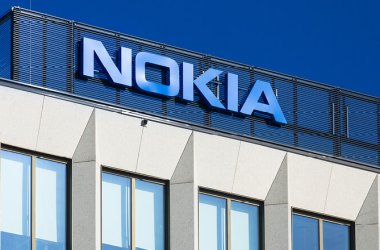Intel Corporation, through its standalone business entity Intel Mobile Communications recently announced that it has acquired most of the assets of SySDSoft, a privately held software company based in Cairo and hired approximately 100 of the company’s electrical engineers and computer scientists.
SySDSoft designs state-of-the-art IP solutions in the software stack and physical layer domain, and RF/analog circuits embedded in mobile platforms.
“The acquisition of engineering and design talent from an Egypt-based company in the field of cutting-edge wireless and communication technology is the first of its kind for Intel in the Middle East,” says Arvind Sodhani, president, Intel Capital and executive VP at Intel. “The acquisition shows Intel’s continued long-term strategic commitment to the region and its appreciation of its young, growing talent pool.”
SySDSoft’s solutions enhance Intel Mobile Communications’ existing multi-communications portfolio, specifically accelerating its 4G LTE efforts with the addition of leading software development and design capabilities. Intel Mobile Communications is an integral part of Intel’s strategy to accelerate always-connected computing platforms founded on energy-efficient performance, Internet connectivity and security, and spanning a variety of device and market segments, including laptops, cars, smart phones, tablets and TVs.
“As we enter an era of multi-communication broadband solutions, Intel’s products and technologies will be important to our vision of billions of connected devices,” says Dr. Hermann Eul, president of Intel Mobile Communications. “Intel is making the necessary investments to further enhance its existing world-class wireless product portfolio and to offer the most reliable platforms to our customers that will work seamlessly across a range of global networks. The acquisition supports this strategy and we believe that SySDSoft’s proven and experienced engineering team, combined with Intel Mobile Communications’ existing wireless strength, positions us well for continued growth in LTE.”





